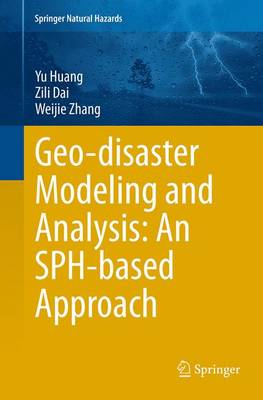Springer Natural Hazards
2 total works
Geo-disaster Modeling and Analysis: An SPH-based Approach
by Yu Huang, Zili Dai, and Weijie Zhang
Through application of the Smoothed Particle Hydrodynamics (SPH) method, this monograph mainly focuses on large deformations and flow failure simulations of geomaterials and movement behavior, which are always involved in geo-disasters. The work covers the theoretical background, numerical techniques, code implementation issues, and many novel and interesting applications. Two-dimensional and three-dimensional SPH models in the framework of both hydrodynamics and solid mechanics are established, with detailed descriptions. The monograph also contains many appealing and practical examples of geo-disaster modeling and analysis, including the fluidized movement of flow-like landslides, lateral spread of liquefied soils, and flow slides in landfills. In the documented SPH simulations, the propagation of geo-disasters is effectively reproduced. Dynamic behaviors of geomaterials during propagation are ascertained, including sliding path, flow velocity, maximum distance reached, and distribution of deposits. In this way, the monograph presents a means for mapping hazardous areas, estimating hazard intensity, and identifying and designing appropriate protective measures.
This book presents comprehensive hazard analysis methods for seismic soil liquefaction, providing an update on soil liquefaction by systematically reviewing the phenomenon's occurrence since the beginning of this century. It also puts forward a range of advanced research methods including in-situ tests, laboratory studies, physical model tests, numerical simulation, and performance-based assessment. Recent seismic liquefaction-related damage to soils and foundations demonstrate the increasing need for the comprehensive hazard analysis of seismic soil liquefaction in order to mitigate this damage and protect human lives. As such the book addresses the comprehensive hazard analysis of seismic soil liquefaction, including factors such as macroscopic characteristics, evaluating the liquefaction potential, dynamic characteristics and deformation processes, providing reliable evaluation results for liquefaction potential and deformation in the context of risk assessment.

